The content of the article
Hair loss or alopecia is a problem that worries many people. If before, baldness was considered exclusively a manifestation of the age-related changes in the body in men, now it occurs in both sexes. Moreover, girls under 30 are most concerned about this problem. What causes hair loss and how to deal with it?
Is there a problem
Sometimes we worry too much about our own health and beauty, look for pathology where it does not exist. Normally, hair falls out daily. In people with a short haircut, this is noticeably much less, since their dropped hair does not bother anyone. It may seem that the girl suffers from alopecia, because her hair is found everywhere in the apartment, in fact, they are simply long and visible on the items of interior and furniture.
Every day, a person loses up to hundreds of hairs. This is an insignificant small amount, which is compensated by the newly growing hair. Thus, there is a change of old hair to new. The hair grows for about five years, then is at rest for several months, and then falls out. His place is occupied by a new hair.
How to find out the amount of hair loss? It is physically impossible to count each, but there is a proven statistical experience. First you need not to wash your hair for 3 days, then before combing three times to spend along the entire length of the hair collected in a bun. Collect all hairs that have fallen and count. If there are less than 15 pieces, then there is nothing to worry about, if more - it is worth thinking about the causes of hair loss.
In addition, it is important to pay attention to where the hair comes from. If the bulb is visible at the end, then the hair has fallen out of the head, if it is not there, then it just broke off at a certain length. Excessive brittle hair can simulate alopecia.
Causes of Hair Loss
Both internal and external factors can lead to alopecia. Various diseases, care mistakes, adverse environment - all this becomes the cause of hair problems. Most often, such factors lead to alopecia:
- Stress and frequent experiences. Hair is very sensitive to changes in the nervous system. Constant stress conditions adversely affect their health, leading to accelerated hair loss.
- Hypovitaminosis. Vitamins regulate many body functions and affect the appearance of a person. Vitamin deficiency can occur with an unbalanced diet, pregnancy, in the spring and summer, during illness. In this case, not only hair will suffer, but also skin, nails, teeth.
- Unfavorable climatic conditions. Cold or heat, high humidity or dry weather can cause brittle hair loss. You should protect your hair from rain, wind, frost and ultraviolet radiation with the help of hats, and special cosmetics.
- Hormonal disbalance. Changes in the endocrine system also affect the condition of the hair. In women, they can be in the premenstrual period, in adolescence, during pregnancy and with menopause. In men, the hormonal background changes during puberty and after 40 years. In addition, various diseases can lead to changes in endocrine regulation.
- Genetic predisposition. This is the most unfavorable option, in which the hair falls out due to hereditary factors. Genetically programmed alopecia is found only in men and it is not difficult to determine if father and paternal grandfather had a similar problem.
- Improper hair care. Daily styling using gels, mousses and hair sprays, blow drying, hair straightening, frequent use of curling irons and curlers can cause hair loss and brittleness. In addition, daily washing of long hair is harmful.
- "Dangerous" hairstyles. Hairstyles are dangerous for hair such as: African braids, dreadlocks, chemically curled curls, as well as ponytails tied with a tight elastic band. They break hair and dry it.
- Taking medication. Not all drugs affect the hair, most substances do not have any effect. However, taking antibiotics, hormones and chemotherapy can lead to alopecia and even complete baldness. Of course, the benefits of these drugs are incomparably higher than the harm done, so you will have to put up with hair loss.
- Fungus of the scalp. In adults, this pathology is quite rare, more often children suffer from it, among the people trichophytosis and microsporia are called "ringworm". The main symptom is foci appear on the head where the hair is broken off in the form of stumps, commas or at the level of 6-8cm.
Hair Loss Control Methods
In the event that alopecia turns into a global problem, you should consult a trichologist, but this is a rare specialty and you can not find it in every even large city. A dermatologist can also help, but you will have to go to him privately. When signs of hormonal imbalance appear, you should first contact an endocrinologist.
If you are sure that hair loss is more of a cosmetic defect than a symptom of a pathology, then the choice of treatment should be stopped with cosmetics. There are many lines of shampoos, balms, masks and oils against hair loss and brittleness. You can choose something to your taste and financial capabilities. However, not all tools are effective and you can look for the right one for a very long time.
The solution may be the use of home remedies against hair loss.
Homemade cosmetics recipes
In domestic conditions, you can prepare rinses, masks and oils against hair loss. There are several proven tools:
- Herbal infusions. Almost all herbs help strengthen hair, preference should be given to nettle, chamomile, calamus, burdock, hops, oak bark, thyme. In order not to tarnish the natural color of the hair, you should adhere to this rule: for light hair - light grass, for dark - dark. For example, blondes can turn yellow from nettles, and brown-haired women become more red due to chamomile. To prepare the infusion, take 100g of herb in 1 liter of water, boil over medium heat for 15 minutes, and then remove to a dark place for at least 40 minutes. This infusion needs to rinse the hair after each shampoo.
- Kefir mask. You can use kefir or sour milk, applying them without adding other ingredients to the hair. Such a mixture should be kept for at least 30 minutes, the maximum is not limited, it is better to leave kefir on the head for the whole night, wrapping hair with a film and a towel. In addition, egg yolk, vitamins A, E and PP can be added to this mask.
- Cognac mask. Mix 10 ml of cognac with the juice of one onion and the yolk of one egg. Apply twice a week before washing your hair for 20 minutes. Be careful: alcohol dries the hair, so you should avoid the effects of this mask on brittle ends.
- Oils and vitamins. In 50 ml of castor oil, you need to add 10 drops of oil solutions of vitamins A and E. Apply along the entire length of the hair and leave for the longest possible time. Repeat twice a week.
- Pepper tincture. You can buy it in a pharmacy, apply after washing your hair only on the skin and roots, wait no more than 30 minutes. The mask can strongly bake the first time, in which case the exposure time should be reduced.
It is advisable to supplement any of the above methods with the intake of vitamins inside.If there is no improvement during the month of continuous use of cosmetics, you should consult a doctor.
We can conclude that hair loss can be both a symptom of pathology and a consequence of adverse environmental effects or improper care. Alopecia can be cured with the help of special cosmetics, including home-made.
Video: combating hair loss and baldness

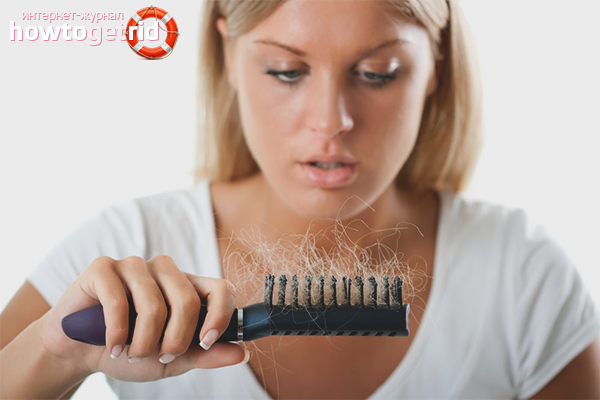
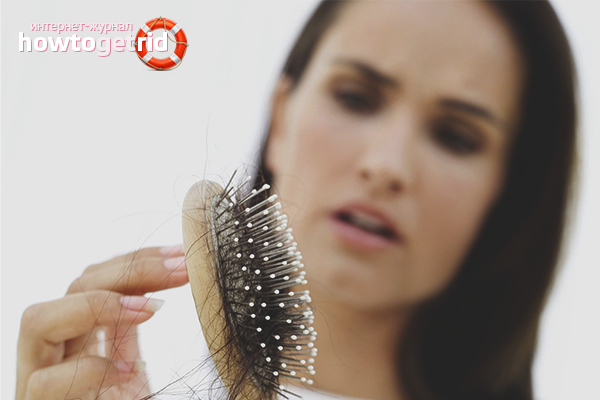
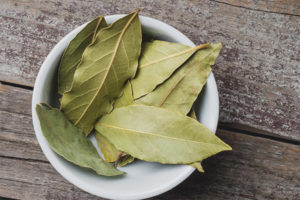



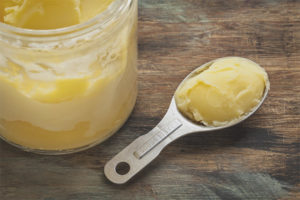
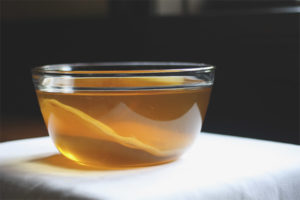
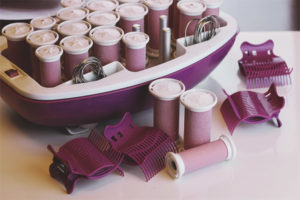
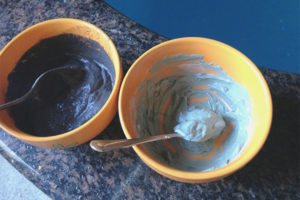
Submit